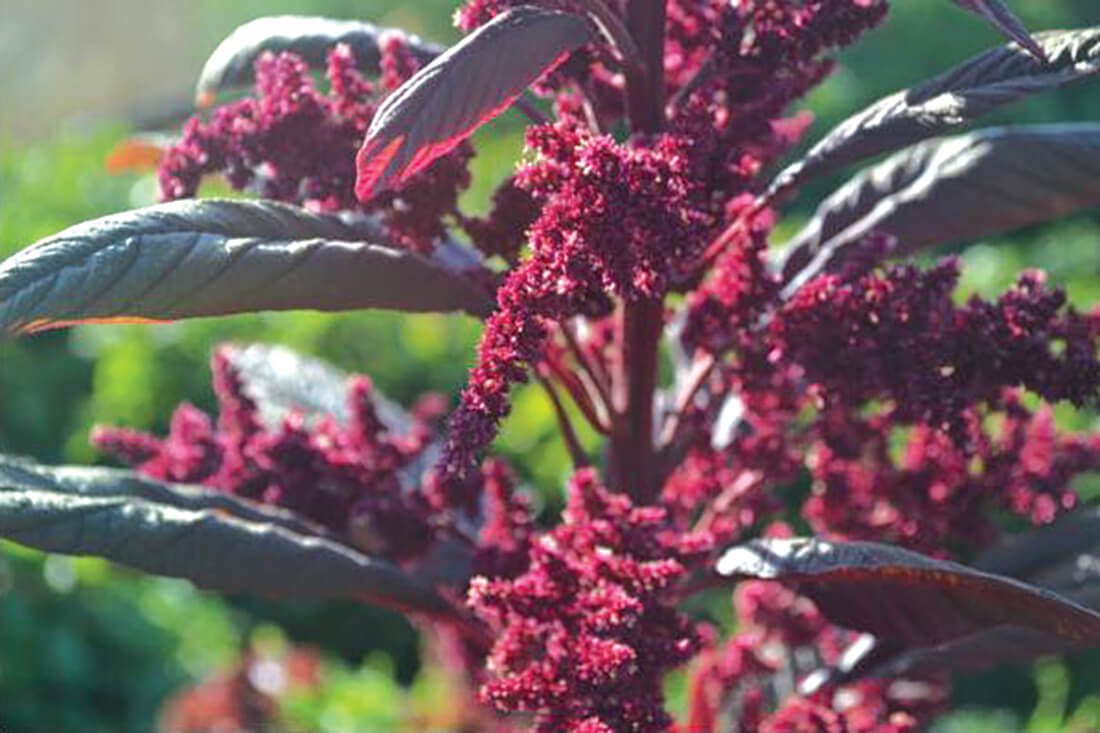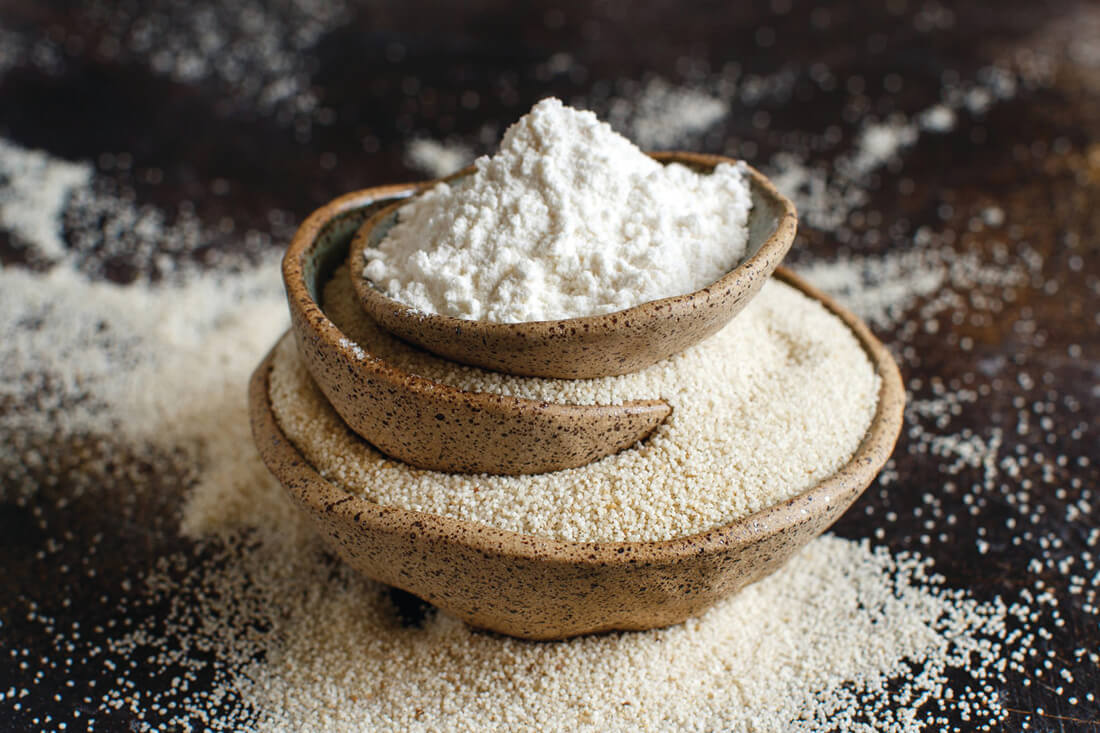Farm to Table—Past to Present
Sometimes, in order to secure the future, we have to retrieve parts of the past. As we head into the emerging global food shortage already affecting large swaths of the Middle East and Africa, it turns out some ancient plants may help solve some of the food supply problems ahead. According to the UN World Food Program, fifty million people around the world are on the “brink of a looming hunger catastrophe.” Drought is plaguing the globe and according to the Standardized Precipitation-Evapotranspiration Index (SPEI), no continent has been spared except for Antarctica. So, let’s take a look at crops that are nutrient rich, can grow in sorry soil, and are drought resistant.
A Little Background
The major crops grown around the world today are rice, wheat, corn (maize) and soybeans. The Guardian reports that “reliance on a small number of crops has made agriculture vulnerable to pests, plant-borne diseases and soil erosion, which thrive on mono-culture, the practice of growing only one crop at a time.”
Ancient crops are found to be more drought- and pest-resistant and micro-nutrient dense than modern crops. All of the ancient grains have higher protein content than modern wheat, but the yields are smaller. With modern knowledge of plant genetics and “smart farming” techniques, however, those forgotten crops may be just the ticket to feed a hungry planet through the climate change and drought facing us today.
A Few Examples
Farro. In terms of grain, this is a type of wheat that was cultivated in Neolithic times. Three grains are collectively referred to as Farro—Emmer, Einkorn, and Spelt. Note that Emmer, Einkorn and Spelt have gluten and are not good for people with Celiac disease.
Emmer. According to gardeningknowhow.com, Emmer is rich in fiber, protein, magnesium, and other vitamins and is a complete protein source when combined with legumes, an excellent addition to a plant-based diet.
Einkorn is one of the oldest ancestors of wheat, a cereal that was widely distributed around Transcaucasia, the Middle East, southwestern Europe, the Balkans and the Mediterranean areas, dating back to 8000 BC. (einkorn.com) It survives and thrives in soils where most other forms of wheat do not flourish.
Spelt. The cultivation of Spelt goes back to 7000 BC when it was practiced by ancient people of the Middle East and North Africa and Greece, and has been cultivated in Italy since the Bronze Age. A native species of Spelt still grows in Israel. It is high in protein, fiber and minerals like manganese, phosphorous and niacin.
Amaranth is a “total package” nutritionally as a vegetable and a grain. Amaranth seeds are a complete protein containing all nine essential amino acids and is also a great source of many other important nutrients including fiber, B vitamins, and vitamin E. It also appears to provide particularly bio-available forms of calcium, zinc, and iron, making it a good choice for people who have difficulty keeping their levels up. There are 60 distinct species of Amaranth native to Central and South America, where they traditionally served as staple crops for the Incan, Mayan, and Aztec civilizations. The Aztec, in particular, considered the Amaranth plant sacred and made religious offerings not just of the seeds themselves, but also of sculptures of their deities made from honey and amaranth dough. For this reason, the Spanish conquistador Hernán Corttés banned the cultivation of this vital crop to the point of cutting off the hands of disobedient farmers.
Amaranth is a “total package” nutritionally as a vegetable and a grain that contains all nine essential amino acids, fiber, B vitamins, and vitamin E, and seeds that are a complete protein.










